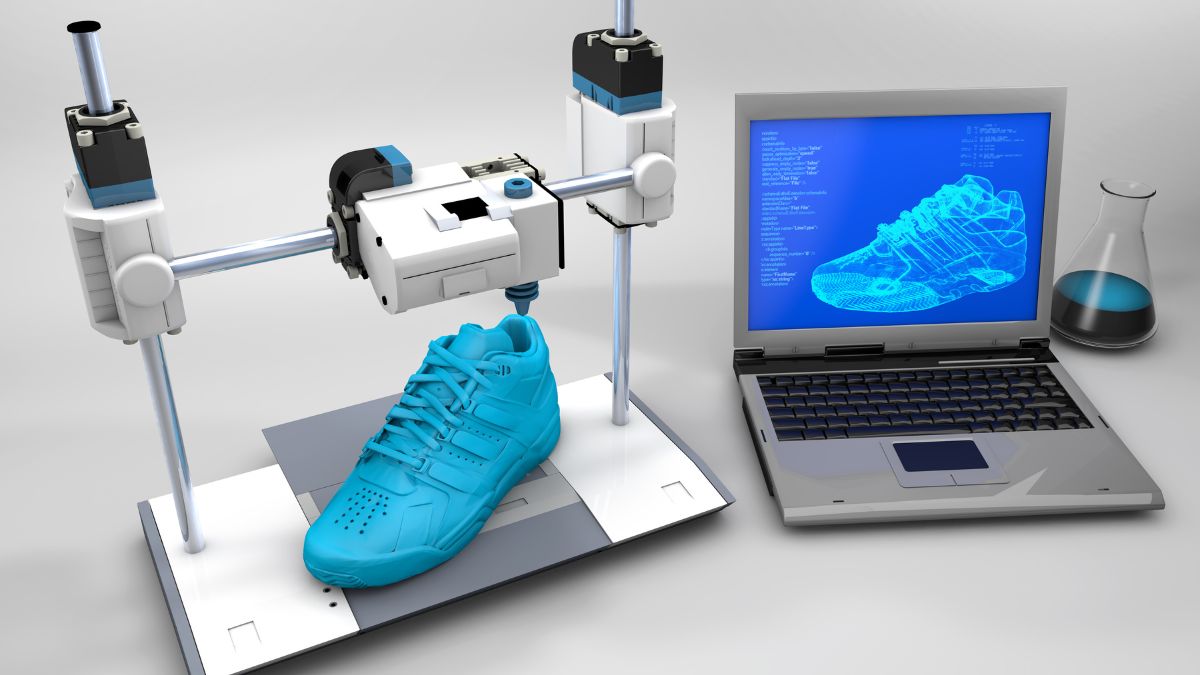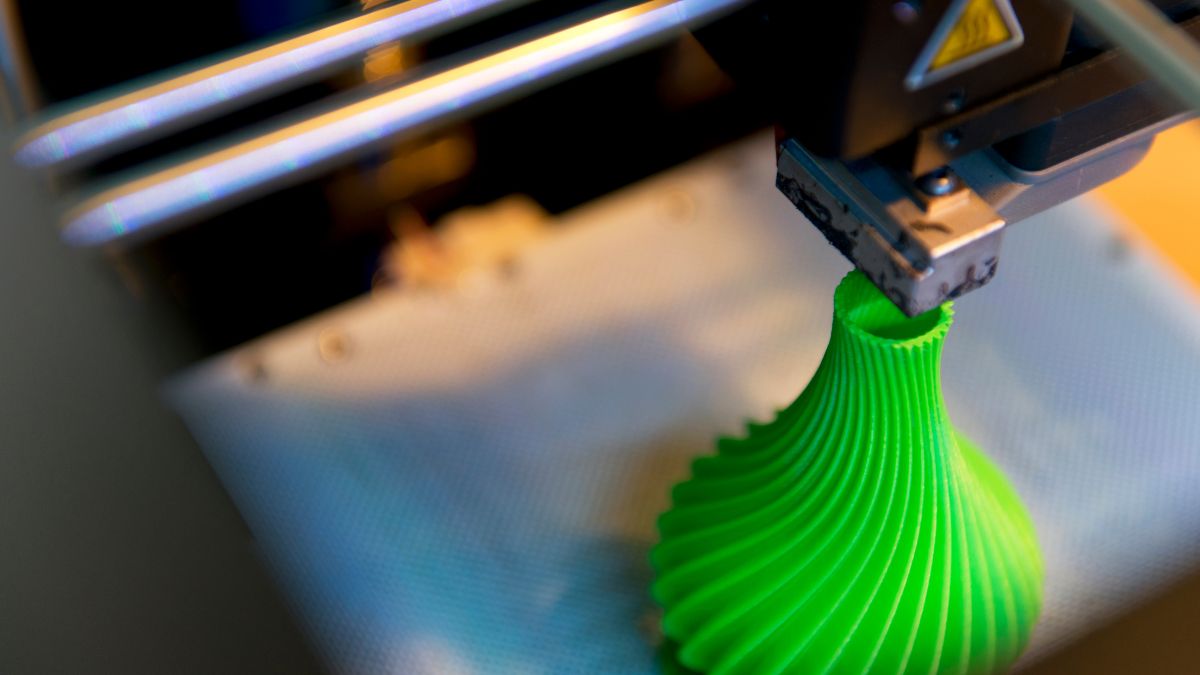How these techniques can transform commercial spaces into brand experiences
In the age of digital immediacy, physical stores have a new purpose: they don't just sell products, they generate emotions. This phenomenon, known as experiential retail, turns the point of sale into a stage where brands connect with consumers through aesthetics, technology and sensory design. And this is where the 3D printing, a powerful tool that allows you to design unique, flexible and sustainable spaces.

The 3D printing It's no longer just a prototyping solution; it has established itself as a key technology for the manufacturing of furniture, displays, decor, and personalized retail elements. It allows for the creation of complex, lightweight, customizable structures that are easily adaptable to each brand concept. In an environment where physical objects must excite, surprise, and be memorable, 3D printing offers endless creative possibilities.
Physical design as an emotional bond
At a time when e-commerce dominates a large part of the market, the differential value of physical retail lies in its ability to create immersive experiences. Stores are transformed into hybrid spaces, where theAngible and digital coexist: interactive screens, augmented reality, motion sensors, and now, elements created through 3D printing that reinforce the storytelling.
The layout of the space, the materials, the lighting, or even the aroma directly influence the consumer's perception. Incorporating furniture made with 3D printing allows you to respond quickly to these needs. From organically shaped displays to personalized signage in record time, everything can be custom-designed and visually aligned with the brand's values.

Pop-ups, showrooms and the need to streamline
One of the formats where the 3D printing It is in the pop-ups and showrooms, temporary spaces that require quick, immediate solutionsPact-making and sustainable. Brands that opt for these facilities seek to differentiate themselves with an innovative aesthetic that can easily be made viral on social media. 3D printing It allows you to build striking visual elements with great freedom of shapes and without depending on complex industrial processes.
In addition, the pieces created with 3D printing They can be dismantled, transported, and reused in new campaigns or locations. This versatility reduces waste and increases the efficiency of each installation, aligning with the principles of the circular economy.

Custom design at the pace of the market
The main advantage of the 3D printing in retail is lto immediate customization. Unlike traditional methods, this technology doesn't require molds or large runs to be profitable. This means brands can adjust point-of-sale elements based on the campaign, season, or customer data.
A display can be modified in a matter of days, a counter adapted to accommodate a new collection, or an experience corner custom-designed to reflect the personality of a brand collaborator or influencer. All this without sacrificing quality, durability, or visual consistency.
Sustainability and efficiency at every stage
Environmental commitment is now a fundamental value for brands and consumers. 3D printingWhen used with sustainable materials (bioplastics, recycled, or compostable), it helps reduce the retailer's ecological footprint. Less waste, local production, and lower energy consumption are just some of the benefits this technology offers compared to traditional manufacturing.
Furthermore, it helps avoid overproduction: only what is needed is manufactured, at the right time, and in the optimal quantity. This not only optimizes resources but also minimizes logistics costs and reduces assembly times.
Innou's methodology: impact design with technology
In InnouWe are committed to a user- and technology-centered methodology. We study customer behavior in the retail space, define key points of interaction, and design solutions that turn each visit into an experience. We use 3D printing both for rapid prototyping and for the final production of elements that must stand out, excite and communicate.
Our collaboration with brands includes co-creation phases, where we analyze their needs, values, and target audiences. Thanks to the 3D printing, we can iterate quickly, test solutions in real-world environments, and tailor designs precisely, reducing risk and maximizing returns.
Design to excite, produce to connect
Experiential retail is no longer a fad, but a solid strategy to stand out in a saturated environment. And the 3D printing It has established itself as an essential ally in achieving this. This technology allows for the design of spaces that not only showcase products, but also cThey tell stories, transmit values and connect emotionally with people.
